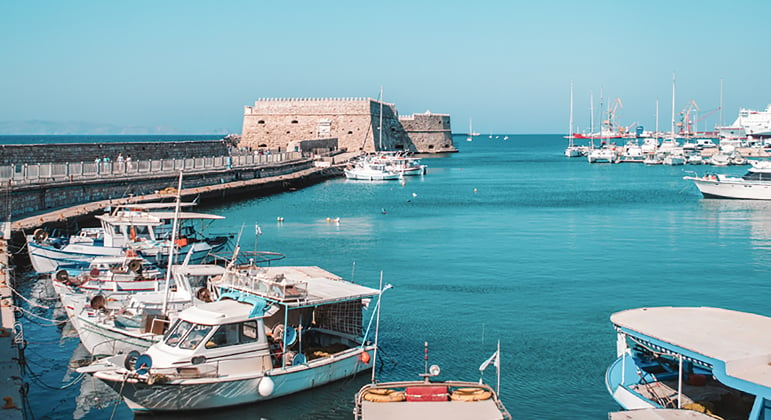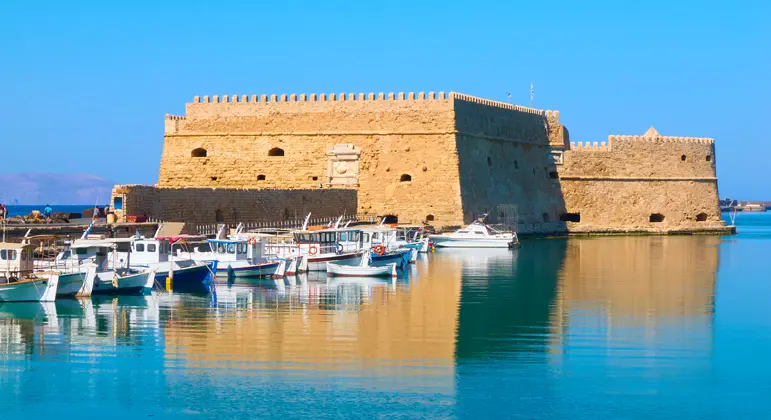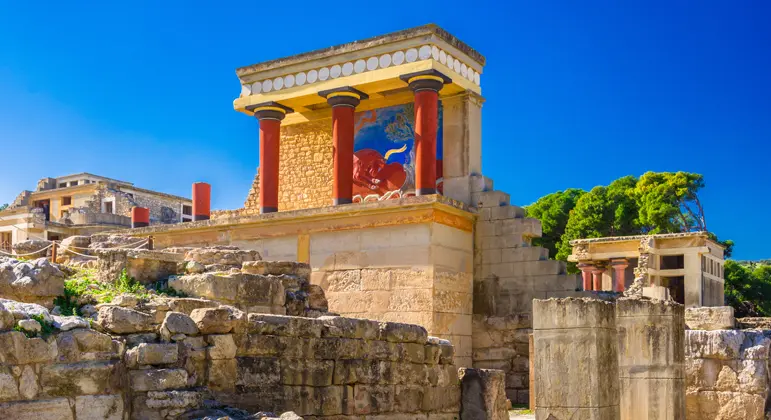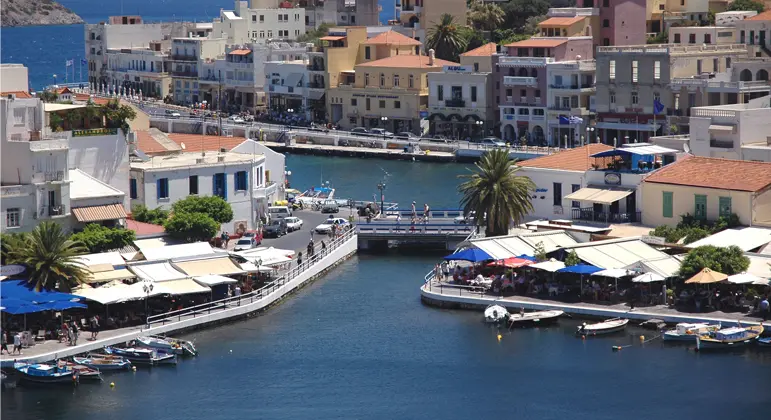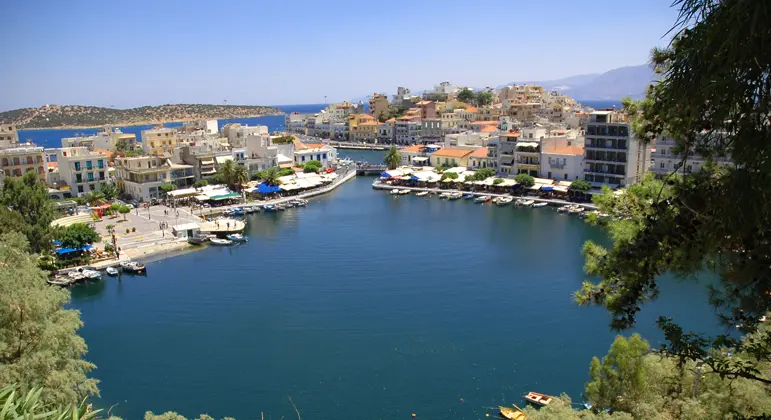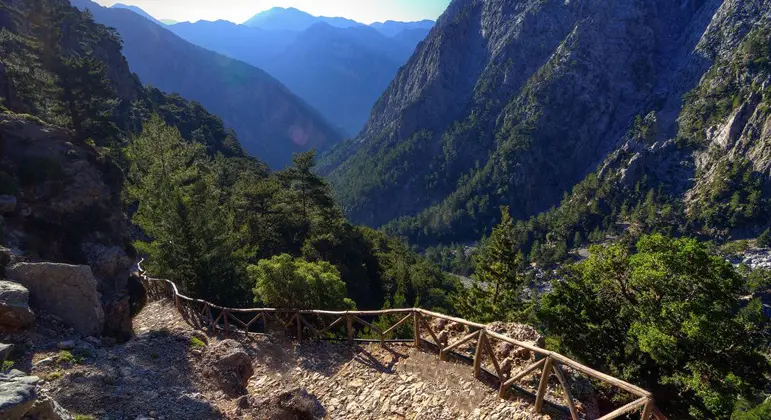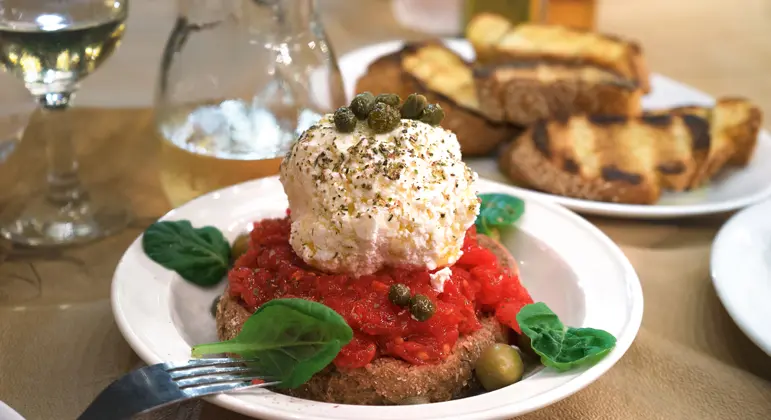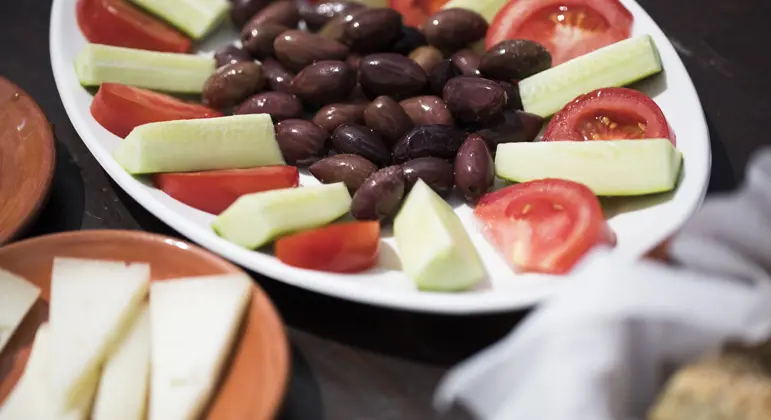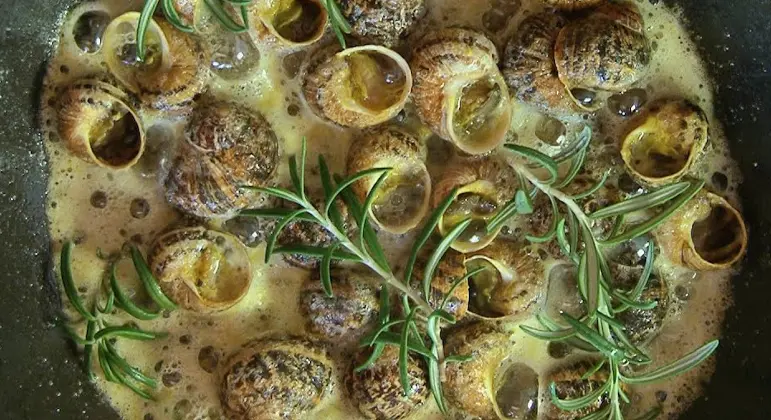Greece’s “Big Island”
The fifth-largest island in the Mediterranean and the largest one in Greece, mythic Crete is much more than just another Greek island—its scenery and cuisine are second to none and its vaunted reputation as a repository of Minoan ruins at sites like Knossos make it a cultural contender without peer. The sheer size of the island, which anchors the southern edge of the Aegean Sea, makes it a bit of a juggernaut to see in one fell swoop but even a short visit is enough to take in some highlights. From east to west, the distance is approximately 160 miles and while distances north to south are much less, this is rugged, often mountainous terrain. Zeus, the most powerful of the ancient Greek gods, was according to legend born in a mountain cave near the center of the island. Unspoiled Mediterranean landscapes abound and are embroidered with charming mountain villages and inviting coastal hamlets, all colored by a rich cultural heritage: Crete was the starting point of European civilization in ancient times and also flourished under four centuries of Venetian rule. Here on the island of artist El Greco and Nikos Kazantzakis, author of Zorba the Greek, there’s inspiration at every turn.
Amazing excursions carefully curated

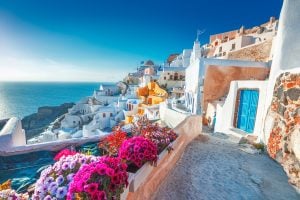 Santorini
Santorini 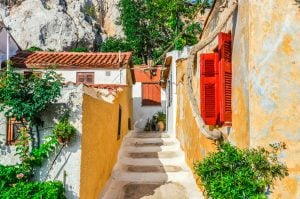 Athens
Athens 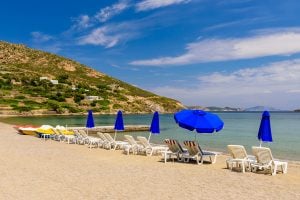 Patmos
Patmos 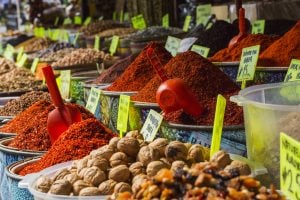 Istanbul
Istanbul 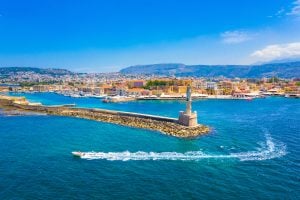 Crete
Crete 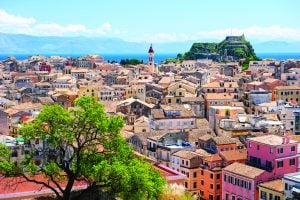 Corfu
Corfu 






 Deutschland (€)
Deutschland (€)
 Turkey (€)
Turkey (€)
